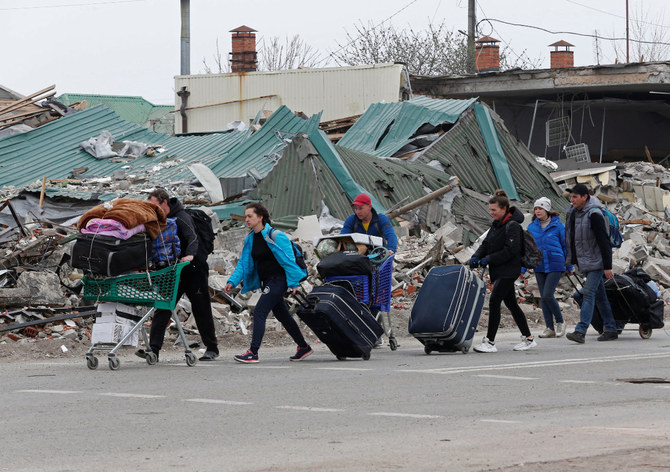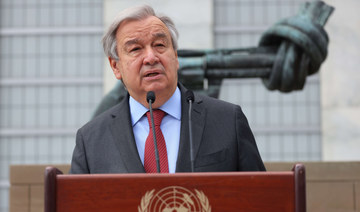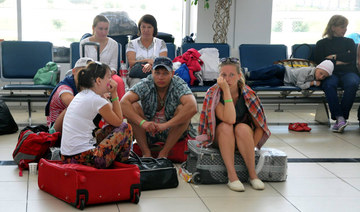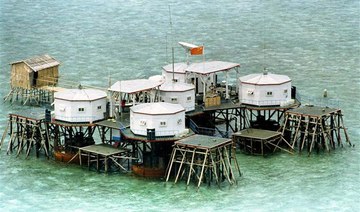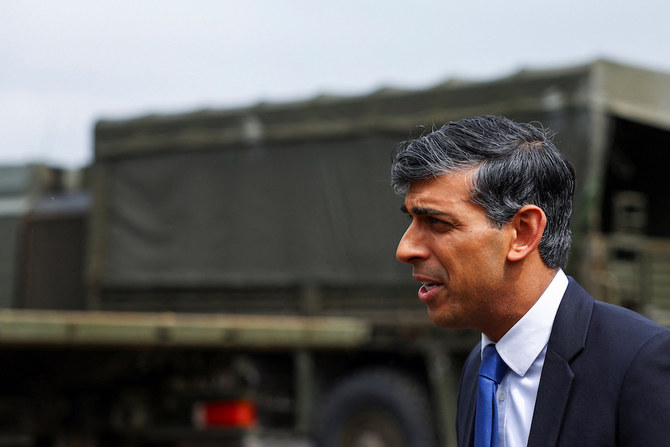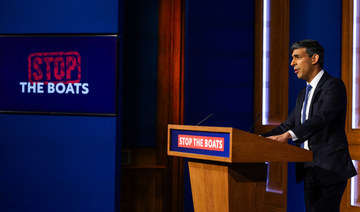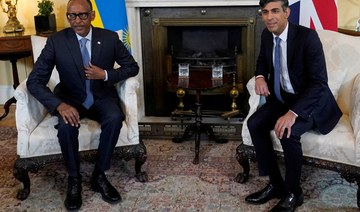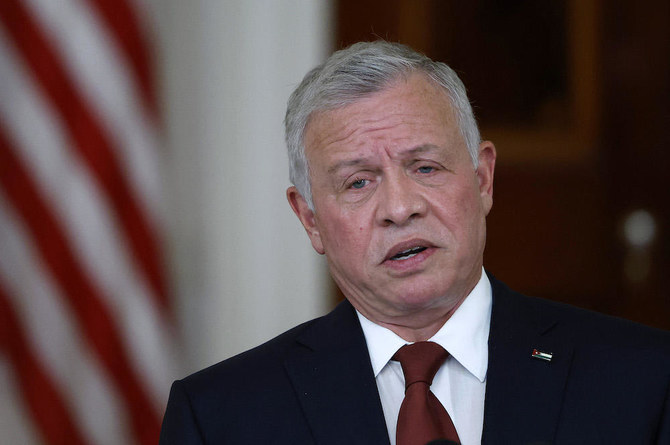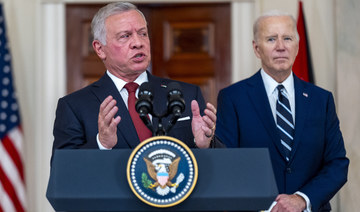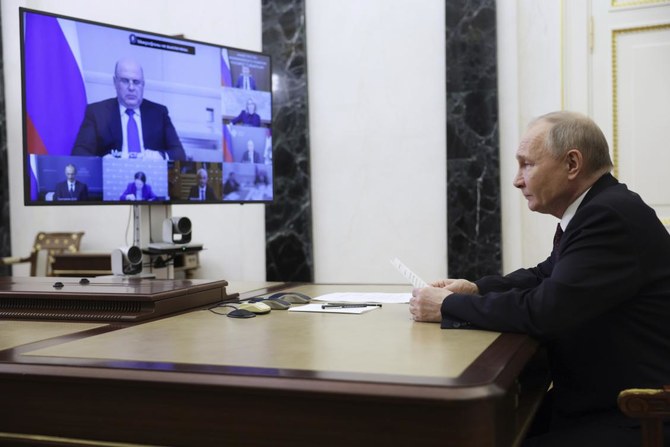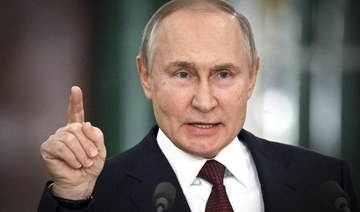KYIV, Ukraine: Russia assaulted cities and towns along a boomerang-shaped front hundreds of miles long and poured more troops into Ukraine on Tuesday in a potentially pivotal battle for control of the country’s eastern industrial heartland of coal mines and factories.
If successful, the Russian offensive in what is known as the Donbas would essentially slice Ukraine in two and give President Vladimir Putin a badly needed victory following the failed attempt by Moscow’s forces to storm the capital, Kyiv, and heavier-than-expected casualties nearly two months into the war.
The eastern cities of Kharkiv and Kramatorsk came under deadly attack. Russia also said it struck areas around Zaporizhzhia and Dnipro west of the Donbas with missiles. Multiple explosions were heard early Wednesday in the southern city of Mykolaiv, the regional governor said. A hospital was reported shelled earlier in the nearby town of Bashtanka.
In Mariupol, the now-devastated port city in the Donbas, Ukrainian troops said the Russian military dropped heavy bombs to flatten what was left of a sprawling steel plant and hit a hospital where hundreds were staying.
Russian Defense Ministry spokesman Maj. Gen. Igor Konashenkov said Moscow’s forces bombarded numerous Ukrainian military sites, including troop concentrations and missile-warhead storage depots, in or near several cities or villages. Those claims could not be independently verified.
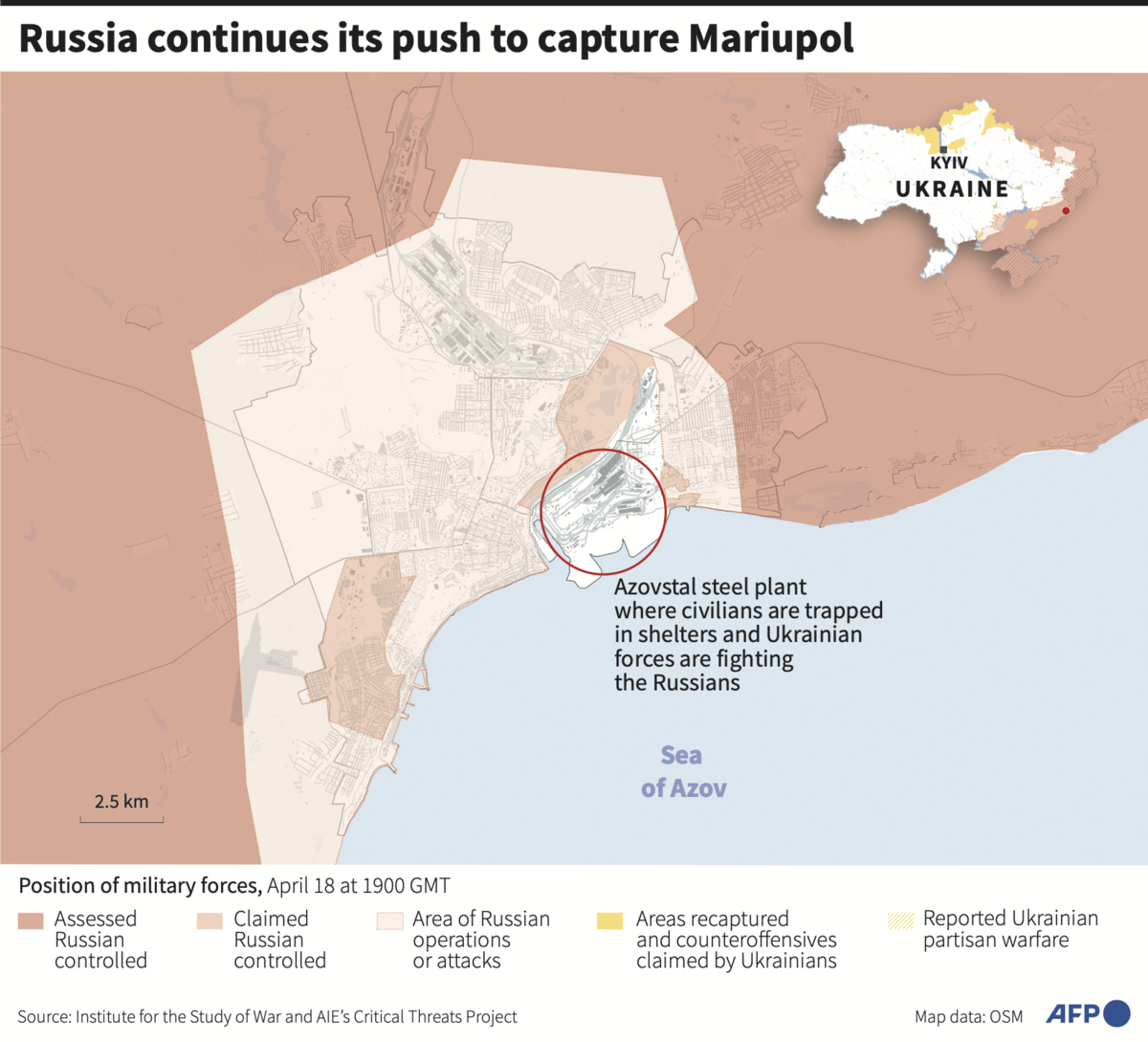
In what both sides described as a new phase of the war, the Russian assault began Monday along a front stretching more than 300 miles (480 kilometers) from northeastern Ukraine to the country’s southeast. Ukraine’s military said Russian forces tried to “break through our defenses along nearly the entire front line.”
Ukrainian President Volodymyr Zelensky said the Russian military was throwing everything it has into the battle, with most of its combat-ready forces now concentrated in Ukraine and just across the border in Russia.
“They have driven almost everyone and everything that is capable of fighting us against Ukraine,” he said in his nightly video address to the nation.
Despite Russian claims of hitting only military sites, they continue to target residential areas and kill civilians, he said.
“The Russian army in this war is writing itself into world history forever as the most barbaric and inhuman army in the world,” Zelensky said.
Weeks ago, after the abortive Russian push to take Kyiv, the Kremlin declared that its main goal was the capture of the mostly Russian-speaking Donbas, where Moscow-backed separatists have been fighting Ukrainian forces for eight years.
A Russian victory in the Donbas would deprive Ukraine of the industrial assets concentrated there, including mines, metals plants and heavy-equipment factories.
A senior US defense official, speaking on condition of anonymity to discuss the Pentagon’s assessments of the war, said the Russians had added two more combat units, known as battalion tactical groups, in Ukraine over the preceding 24 hours. That brought the total number of units in the country to 78, all of them in the south and the east, up from 65 last week, the official said.
That would translate to about 55,000 to 62,000 troops, based on what the Pentagon said at the start of the war was the typical unit strength of 700 to 800 soldiers. But accurately determining Russia’s fighting capacity at this stage is difficult.
A European official, likewise speaking on condition of anonymity to discuss military assessments, said Russia also has 10,000 to 20,000 foreign fighters in the Donbas. They are a mix of mercenaries from Russia’s private Wagner Group and Russian proxy fighters from Syria and Libya, according to the official.
While Ukraine portrayed the attacks on Monday as the start of the long-feared offensive in the east, some observers noted that an escalation has been underway there for some time and questioned whether this was truly the start of a new offensive.
The US official said the offensive in the Donbas has begun in a limited way, mainly in an area southwest of the city of Donetsk and south of Izyum.
Justin Crump, a former British tank commander now with the strategic advisory company Sibylline, said the Ukrainian comments could, in part, be an attempt to persuade allies to send more weapons.
“What they’re trying to do by positioning this, I think, is ... focus people’s minds and effort by saying, ‘Look, the conflict has begun in the Donbas,’” Crump said. “That partly puts pressure on NATO and EU suppliers to say, ‘Guys, we’re starting to fight now. We need this now.’”
President Joe Biden is expected to announce a new weapons package in the coming days that will include additional artillery and ammunition, according to a US official, who was not authorized to comment publicly and spoke on the condition of anonymity.
Canadian Prime Minister Justin Trudeau also said his country will send heavy artillery to Ukraine. And Dutch Prime Minister Mark Rutte told Zelensky that the Netherlands will send more heavy weapons, including armored vehicles.
Western arms have played a key role in enabling the outgunned Ukrainians to hold off the Russians.
Associated Press journalists in Kharkiv said at least four people were killed and three wounded in a Russian attack on a residential area of the city. The attack occurred as residents attempted to maintain a sense of normalcy, with municipal workers planting spring flowers in public areas.
An explosion also rocked Kramatorsk, killing at least one person and wounding three, according to AP journalists at the scene.
In Bashtanka, an unspecified number of people were wounded when Russian forces shelled the hospital, destroying the reception area and the dialysis unit, the head of the regional council, Hanna Zamazeeva, said on Facebook. Bashtanka is about 70 kilometers (40 miles) north of Mykolaiv.
Eyewitness accounts and reports from officials have given a broad picture of the extent of the Russian advance. But independent reporting in the parts of the Donbas held by Russian forces and separatists is severely limited, making it difficult to know what is happening in many places on the ground.
Military experts said the Russians’ goal is to encircle Ukrainian troops from the north, south and east.
Key to the campaign is the capture of Mariupol, which would deprive Ukraine of a vital port and complete a land bridge between Russia and the Crimean Peninsula, seized from Ukraine in 2014. It would also free up Russian troops to move elsewhere in the Donbas.
A few thousand Ukrainian troops, by the Russians’ estimate, remained holed up in a sprawling Mariupol steel plant, representing what was believed to be the last major pocket of resistance in the city.
Russia issued a new ultimatum to the Ukrainian defenders to surrender Wednesday after a previous ultimatum was ignored. The Russian Defense Ministry said those who surrender will be allowed to live and given medical treatment. There was no immediate response from the Ukrainian troops, but they have repeatedly vowed not to give up.
Instead, the deputy commander of the Azov regiment, who was among the troops remaining in Mariupol, said the Russian military dropped heavy bombs on the steel plant and hit an “improvised” hospital. “We are pulling people out from under the rubble,” Sviatoslav Palamar told Radio Liberty.
Serhiy Taruta, the former governor of the Donetsk region and a Mariupol native, also reported the bombing of the hospital, where he said 300 people, including wounded troops and civilians with children, were sheltered.
The reports could not be independently confirmed.
Zelensky said the Kremlin has not responded to a proposal to exchange Viktor Medvedchuk, the jailed leader of a pro-Russia party, for the Mariupol defenders.





